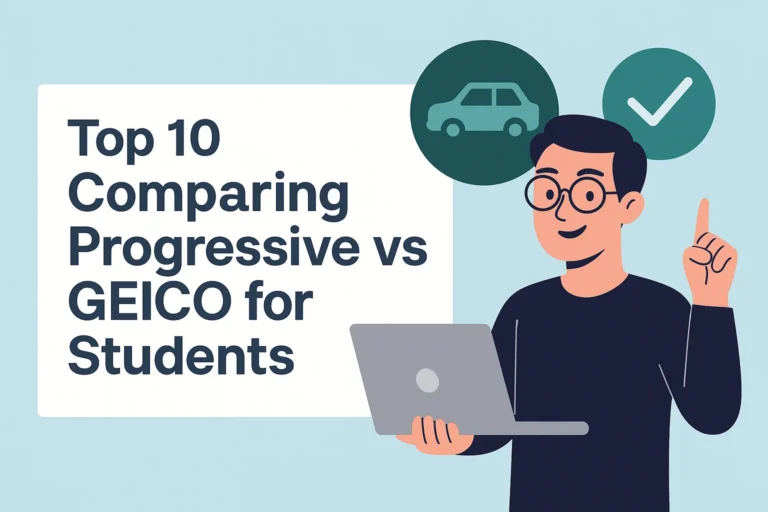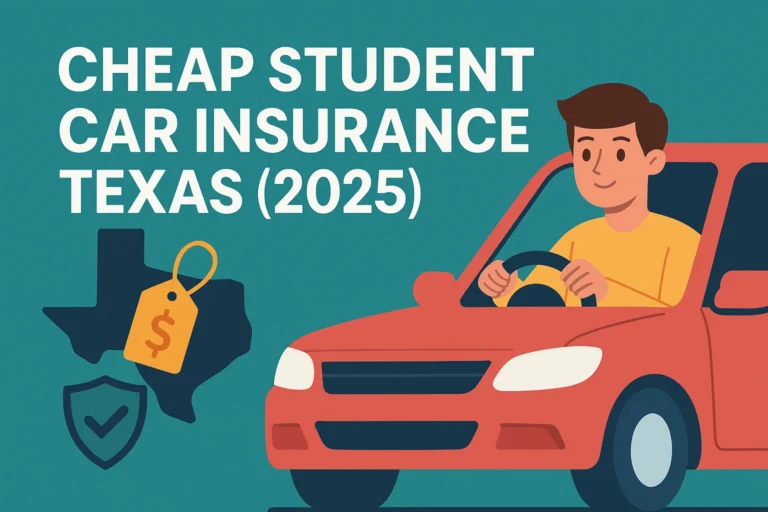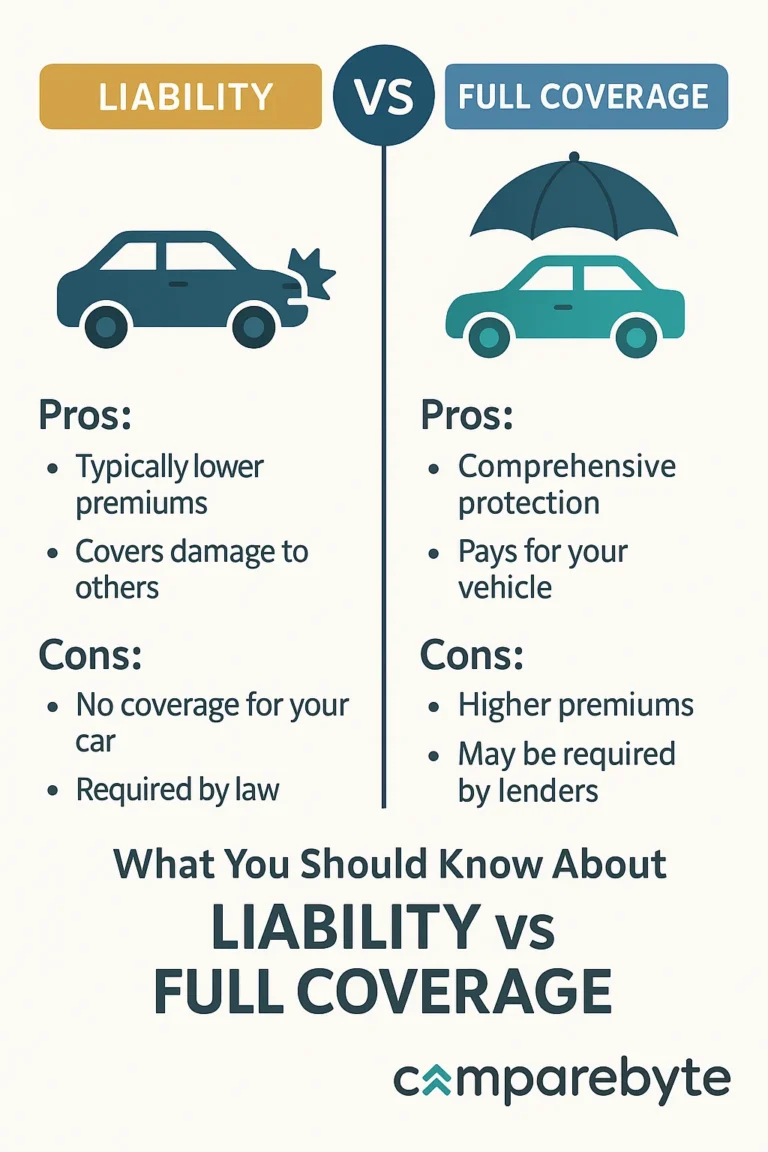For first-time drivers, navigating the insurance claim process can be both overwhelming and confusing. Without prior experience, many new drivers are unaware of what documentation is needed, how insurance companies assess damages, or what steps must be taken to ensure a successful claim. This guide provides a comprehensive overview tailored specifically for new drivers looking to understand how to file a claim, backed by statistics, academic insight, and real-world comparisons.
By the end of this guide, readers will be equipped with the knowledge to confidently initiate and manage their first insurance claim—minimizing stress and maximizing the chances of approval.
History and Evolution of Filing Insurance Claims
The concept of auto insurance claims has evolved significantly since the early 20th century. Originally, vehicle insurance was a straightforward agreement between two parties, often requiring in-person visits and handwritten forms. However, the post-WWII surge in car ownership necessitated more scalable and standardized procedures.
In the 1980s, the introduction of digital systems began streamlining the process. Insurance firms started using early database technology to log claims and cross-reference vehicle data. By the 2000s, with internet access widely available, policyholders began filing claims online—a trend that has only grown with the rise of mobile apps and AI-powered claim bots in the 2020s.
Modern claim filing systems now leverage predictive analytics, customer portals, and even blockchain for secure and transparent processing. For first-time drivers, this means filing a claim has become more accessible, but also more complex in terms of verification and fraud-prevention protocols.
Understanding this historical context helps highlight why certain procedures exist today—such as the emphasis on photo documentation, telematics data, and third-party verification during claim assessment.
Current Statistics, Data, and Tables
Recent data indicates that first-time claimants face a higher rate of delays and denials compared to experienced drivers. According to a 2023 study by the National Association of Insurance Commissioners (NAIC), nearly 34% of first-time drivers reported some form of confusion during the claims process.
Additional findings show the average time to process a first-time driver claim is 18.7 days—compared to 12.4 days for returning drivers.
Table 1: Common Reasons for Claim Delays Among First-Time Drivers (2023)
| Reason | Percentage |
|---|---|
| Missing Documents | 41% |
| Incorrect Form Submission | 23% |
| Lack of Vehicle Photos | 18% |
| Delayed Police Reports | 11% |
| Other | 7% |
Table 2: Claim Success Rate Comparison (2023)
| Driver Type | Average Approval Rate |
|---|---|
| First-Time Drivers | 68% |
| Experienced Drivers | 84% |
Sectoral Comparisons
Private Insurance vs Government Programs
In countries like the U.S., most claims are handled by private insurers. However, in places like Germany or the UK, certain accidents fall under government-subsidized protections. Private insurance typically offers quicker processing, while government programs provide better consumer protection and subsidized repairs.
Mobile Claims vs Traditional Filing
Using an app to file a claim has grown 74% in the past five years. Mobile claim filing enables faster documentation, GPS tagging, and immediate photo uploads, while traditional phone-based systems often require multiple follow-up calls and faxed paperwork.
Claims in Urban vs Rural Areas
Urban drivers, especially first-time drivers, file more claims on average due to higher traffic density and accident likelihood. However, rural areas tend to experience longer processing times due to limited access to repair facilities and appraisers.
Predictions and Future Trends
Looking forward, claim filing will become more autonomous. AI is expected to assess photo evidence without human input by 2027, reducing average claim processing time to under 5 days. Blockchain integration may further enhance claim security and transparency.
Insurers are also investing in user education modules targeted at first-time drivers, ensuring they understand the steps and expectations before an accident even occurs. Expect gamified onboarding processes and real-time claim coaching through apps to become standard within five years.
Expert Opinions and Academic References
According to Dr. Marissa Keene from Stanford’s Transportation Research Lab, “First-time drivers benefit greatly from visual workflows and step-by-step app guidance. Claims denial often stems from poor documentation and unrealistic expectations.”
(See: trl.stanford.edu)
Additionally, McKinsey & Company’s 2023 Insurance Outlook notes that digital-native policyholders are 37% more likely to complete claims successfully when using interactive claim guides (McKinsey Insurance Insights).
Conclusion and Summary
For first-time drivers, understanding how to file a claim can significantly reduce stress and increase the likelihood of a smooth resolution. By becoming familiar with the process, leveraging digital tools, and ensuring proper documentation, first-time drivers can avoid the most common pitfalls.
Staying informed about industry trends and technological advancements ensures preparedness in the event of an accident. For additional tips, see our guides on Complete Guide to Common Mistakes When Choosing Insurance and Top 7 Affordable Student Car Insurance in Texas.
Frequently Asked Questions
What should I do immediately after an accident?
Ensure safety, call emergency services, take photos, and report the incident to your insurer within 24 hours.
Do I need a police report to file a claim?
In most cases, yes. Especially for serious accidents or disputes, a police report is essential for verification.
What if my claim gets denied?
You can request a formal review or appeal the decision. If unresolved, contact your state insurance commissioner.






